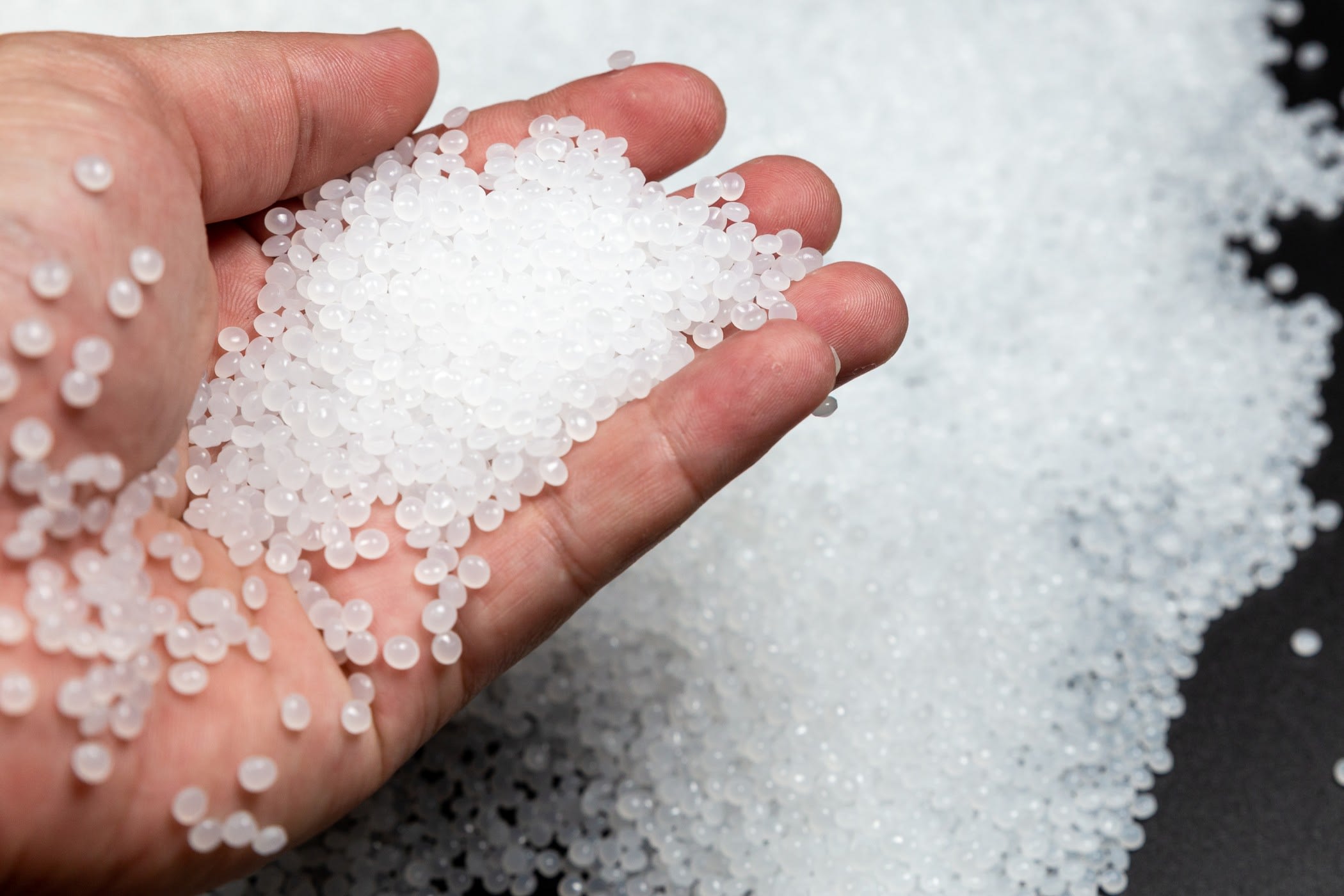How to Calculate Fabric Shrinkage Percentage



Introduction
Fabric shrinkage is a common notion in the garment industry. There are several kinds of fabrics, and each reacts differently when washed. The manufacturer should have their fabrics tested before releasing them into the market.
In today's competitive scenario, when companies are fighting to keep their garments on top, it is necessary to maintain the quality of the garment while keeping a check on the price. So, garment manufacturers demand fabrics with low shrinkage to address this issue. If the manufacturer maintains a good quality fabric for their garments, they do not have to worry about major shrinkage issues.
This article will discuss calculating the percentage of fabric shrinkage in detail for a better understanding.
Fabric Shrinkage Percentage
What is Fabric Shrinkage?
The fabric shrinkage is a critical factor in determining a fabric's measurement after washing. The shrinkage is the same when washed with hands or a washing machine. The fabric shrinkage is caused because of the use of low-quality materials. So, as a garment manufacturer, one should ensure that good quality fabric is used to manufacture garments. Branded garment manufacturer always uses good quality fabric. So, people put their trust in these companies rather than unbranded garments.
Fabric shrinkage is a major issue, and many consumers complain about it. So, the garment manufacturer should have a team to check the quality of the fabric before accepting it for production. Only if the fabric clears the test is the fabric is sent for production.
What causes fabric shrinkage?
The common cause of fabric shrinkage is when the fabric is exposed to water, heat, and hard chemicals. Due to it, the fabric releases high tension, which deforms the shape of the fabric. The deformation may lead to shrinkage or expansion of the fabric. The consumer should check the instructions before washing a garment to avoid shrinkage or expansion.
Types of Shrinkage
There are two types of shrinkage. Let's look at both of them.
- Contraction - The contraction happens as the garments shrink because of washing. There is a decrease in the dimension of the garment when it is exposed to chemicals, steam, or water. The cotton fabric shrinks length and breadth, while the other fabrics shrink in only one dimension.
- Expansion - The expansion happens because of the extreme stretch during weaving causes the garment to stretch when washed with water. The low-quality fabric is more prone to expansion rather than high-quality fabric.
Shrinkage in different fabrics
The shrinkage is different for different fabrics. Let's look at some fabrics and how they react to water, temperature, and chemicals.
Natural fabric shrinkage
Natural fabrics are more prone to shrinkage because the material in the natural fabric recoils more when exposed to water during washing. The retention of water, expansion of lubricity, and expanding filaments contribute to fabric shrinkage.
Modal fabric shrinkage
The modal fabric is made from the beech tree. It is more resistant to shrinking than other fabrics, but when the fabric is exposed to hard chemicals during washing, it can display fabric shrinkage. The fabric shrinkage can be avoided by washing it with regular detergent and warm water.
Synthetic fabric shrinkage
Synthetic fabrics shrink less than natural fabrics because of the substance and the structuring of the materials used. The materials used in manufacturing synthetic fabrics are more stable due to their thermoplastic and crystalline properties. But, when treated roughly while washing, the synthetic fabric also displays shrinkage.
Linen fabric shrinkage
The linen fabric is made of flax. This makes it easy to dry but more prone to shrinkage. The linen fabric shrinks when it comes in contact with water while washing. The fabric is affected by cold and hot water, so lukewarm water is used to wash linen fabrics. Blended linen fabrics are less affected by shrinkage.
Viscose fabric shrinkage
Like any other fabric, viscose fabric also gets affected by shrinkage. The viscose fabric has plastic strands in it. So, if the temperature is not maintained while washing, it shrinks at a higher temperature. But with regular use, the plastic strands get used and do not shrink anymore.
Rayon fabric shrinkage
The rayon fabric is sensitive to hard chemicals. When washed with hard chemicals, they display shrinkage. The rayon fabric shrinks when washed with warm water and dried in the dryer. So, it is advisable to wash it with normal water and detergent.
Calculate the percentage of fabric shrinkage

The percentage of fabric shrinkage can be calculated by following the five-step formula.
Step 1
Cut a piece from the fabric roll that needs to be tested for fabric shrinkage. The cut piece should be 110 cm x 110 cm. If there is more than one fabric roll, cut the same dimension from each roll.
Step 2
Measure the dimension of the sample piece before washing. Mark the sample in a rectangular piece of 100 cm x 100 cm. Always use a cloth marker to mark the fabric. This mark would denote the dimension of the sample piece before washing.
Step 3
Wash the sample piece following the washing procedure followed by consumers. Observe the washing procedure to learn about the shrinking procedure for washing.
Step 4
Dry the sample piece as per the instructions of the particular fabric. The drying can be either tumble drying or line drying.
Step 5
Put the sample piece on the table and remove all the creases. Measure the sample following the marking done before the washing. Use the formula to calculate the shrinkage.
Fabric Shrinkage (%) = (Initial length measurement before washing - length after washing)/ Initial length measurement before washing x 100
Let's understand the calculation with an example.
The initial length of the sample before washing = 100 cm
Length of the sample after washing = 96 cm
The initial breadth of the sample before washing = 100 cm
The breadth of the sample after washing = 97 cm
Fabric shrinkage of the length = (100-96)/100 *100 = 4 %
Fabric shrinkage of the breadth = (100-97)/100 *100 = 3%
There can be instances when the length and breadth may increase after washing the sample piece. This is known as the Fabric boom. The formula used for Fabric boom is
Fabric boom for the length = (Length after washing - Length before washing)/length before washing x 100
Fabric boom for the breadth = (Breadth after washing - Breadth before washing)/Breadth before washing x 100
So, the garment manufacturer should always do the test to test the quality of the fabric. If the fabric passes the minimum shrinkage or boom value, the fabric can be used. A fabric that has higher shrinkage or boom percentage should be discarded.
Conclusion
Fabric shrinkage is a common issue in the garment industry, and many consumers have faced issues regarding it. Different fabrics have different shrinkage patterns. The garment manufacturer should conduct a proper quality check before procuring the materials and releasing their garments to the market. If the quality of the materials is not good, it is bound to suffer from shrinkage. So, to procure high-quality materials, garment manufacturers can be in touch with Fashinza, which connects the buyer with certified suppliers. This helps maintain the material's quality and provides good quality garments in the market.




















